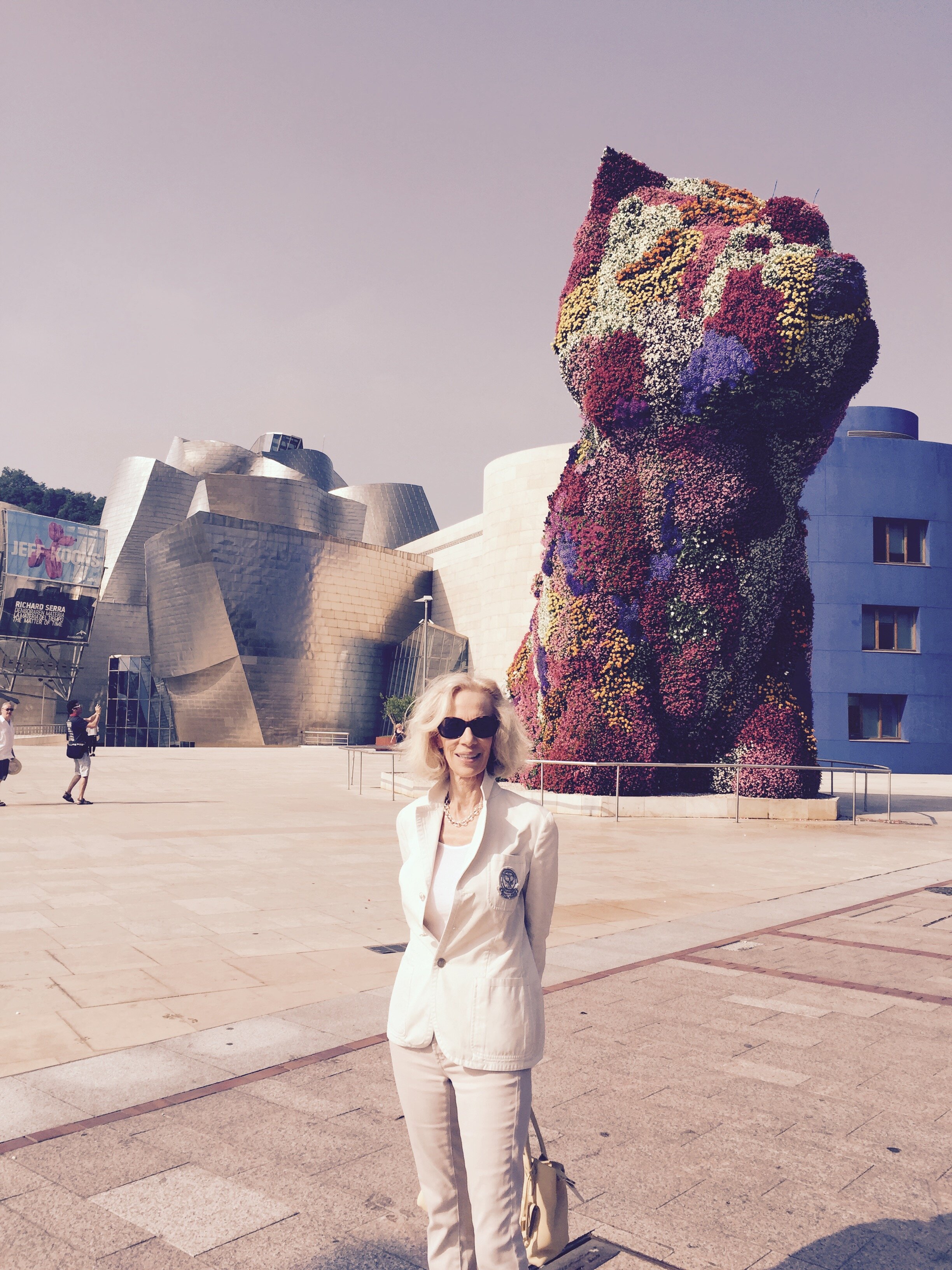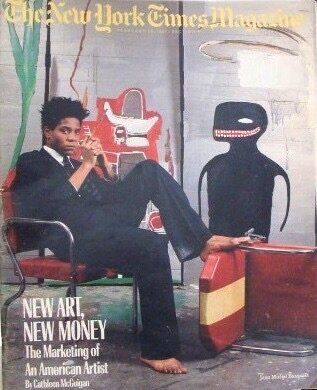Jean-Michel Basquiat: Now's the Time|Guggenheim Museum Bilbao, July 2 2015
On July 2nd, we arrived at the preview of the Jean-Michel Basquiat exhibit entitled, “Now’s the time”, organized by the Art Gallery of Ontario in collaboration with the Guggenheim Museum Bilbao. It was exciting to view this exhibition in one of Frank Gehry’s first major museum commissions, which I had not seen since it opened in 1997.
It is the first thematic examination of America’s most revolutionary artist of the 1980's in Europe to date. This imaginative approach was offered by the brilliant curators Dieter Buchhart and Alvaro Rodriguez Fominaya.
One of the museum’s three galleries is devoted to Basquiat’s collaboration with his fellow artists including Andy Warhol, whose works were often seen and are well known to the public. Other collaborations, with Francesco Clemente and Keith Haring were hardly ever exhibited, as they were paned by the critics. It was refreshing to see Basquiat’s engagement with his fellow emerging artists of the 1980's, providing a dialogue between him and his colleagues from that decade.
All the galleries exploded with 100 significant works from public and private collections across the United States and Europe. An unprecedented exhibition in size, employing the artist’s powerful and expressive works, Basquiat confronts issues of racism and identity, “creating images that honor black men as kings and saints.”
In the early 1980’s while visiting Annina Nosei’s gallery, who along with Larry Gagosian, and Tony Shafrazzi, were the artist's early champions, I often had the opportunity to see Jean-Michel working feverishly in the basement of her Soho gallery which doubled as his studio. A few years later, he joined the Mary Boone Gallery and was later introduced to Bruno Bischofberger in Zurich. At the beginning he was a wild-child graffiti artist and then he quickly catapulted into an internationally renowned artist. Basquiat’s poignant work regularly referenced street art. His use of salvaged materials such as abandoned doors and broken mirrors as canvases continued for several years until he began increasingly to emphasize the pictorial elements of his works in 1982. By bringing in quotes from comics, African-American culture, music and spray paints, Basquiat captured the soul of the streets and translated his experience into sophisticated work that explores the racist practices.
The attached link from the New York Times February 10, 1985 article:“New Art, New Money” provides an interesting insight into the art world at that time. “Plus ca change plus ca reste”.


